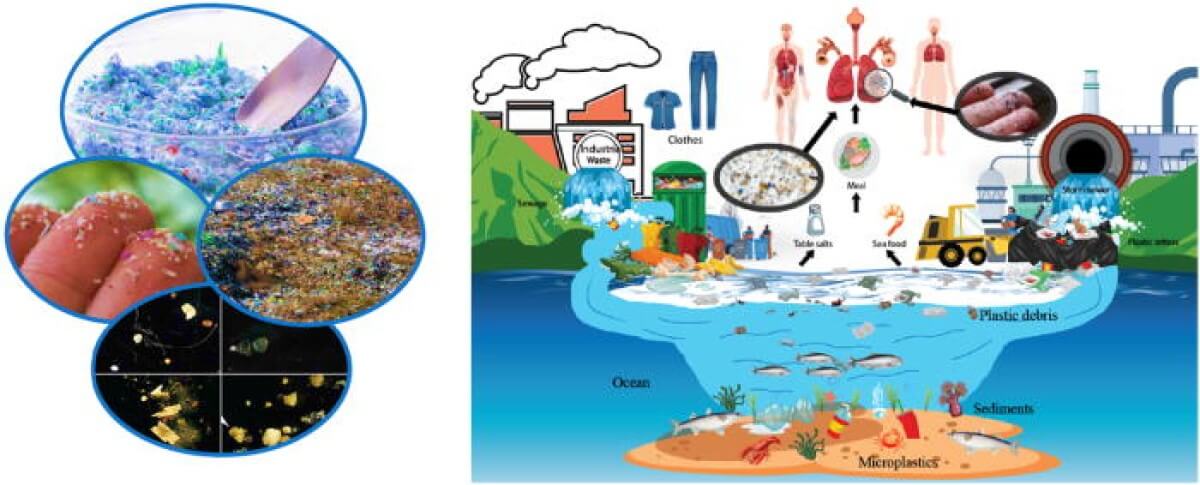ULTIMO, Australia — People may be inhaling up to a credit card’s worth of microplastics every week, according to a new study. Microplastics discovered in the sea, air, and soil might pose a more substantial threat to human health than scientists previously thought, researchers warn. A team in Australia says these potentially hazardous particles accumulate in the nose and at the back of the throat, regions considered “hotspots” that may enhance disease risk.
“Millions of tons of these microplastic particles have been found in water, air, and soil. Global microplastic production is surging, and the density of microplastics in the air is increasing significantly,” says study author Mohammad S. Islam from the University of Technology Sydney. “For the first time, in 2022, studies found microplastics deep in human airways, which raises the concern of serious respiratory health hazards.”
Microplastics consist of decomposed plastic waste, synthetic fibers, and tiny beads often found in personal hygiene products. While they are known to harm marine life that confuses them for food, humans can also consume them through seafood, tap water, or other items.
The research, published in Physics of Fluids, is the first to show that microplastics linger in human airways. Humans might inhale approximately 16.2 particles of microplastics every hour, equating to the total mass of a credit card after one week.

This environmental debris — generated from the degradation of plastic products — usually contain toxic pollutants and chemicals. Understanding the journey of inhaled microplastics within the respiratory system is crucial to preventing and treating respiratory diseases, as these particles pose serious health risks.
The international research team devised a computational fluid dynamics model to analyze microplastics’ transport and deposition in the upper airway. They examined the movement of particles of different shapes and sizes — ranging from spherical to tetrahedral and cylindrical — under slow and fast breathing conditions.
“The complicated and highly asymmetric anatomical shape of the airway and complex flow behavior in the nasal cavity and oropharynx causes the microplastics to deviate from the flow pathline and deposit in those areas,” Islam says in a media release. “The flow speed, particle inertia, and asymmetric anatomy influence the overall deposition and increase the deposition concentration in nasal cavities and the oropharynx area.”
The size of the microplastics and the breathing conditions determined the overall microplastic deposition rate in the airways. A faster airflow resulted in less deposition. Larger microplastics (5.56 microns) were more frequently deposited in the airways than their smaller counterparts.
The study’s authors believe their research underscores the serious concerns of exposure to and inhalation of microplastics, especially in regions with high plastic pollution levels or industrial activities. They hope their findings will assist in developing targeted drug delivery devices and enhancing health risk assessments.
“This study emphasizes the need for greater awareness of the presence and potential health impacts of microplastics in the air we breathe,” says author YuanTong Gu from the Queensland University of Technology.
In the future, the researchers aim to examine microplastic transport on a larger scale in a patient-specific whole lung model, incorporating environmental parameters such as humidity and temperature.
You might also be interested in:
- Plastic pollution may be creating a whole new ecosystem in the ocean
- What is plasticosis? New disease has a direct link to ingesting pollution
- Bacteria in a cow’s stomach may rid the world of plastic pollution
South West News Service writer Mark Waghorn contributed to this report.

